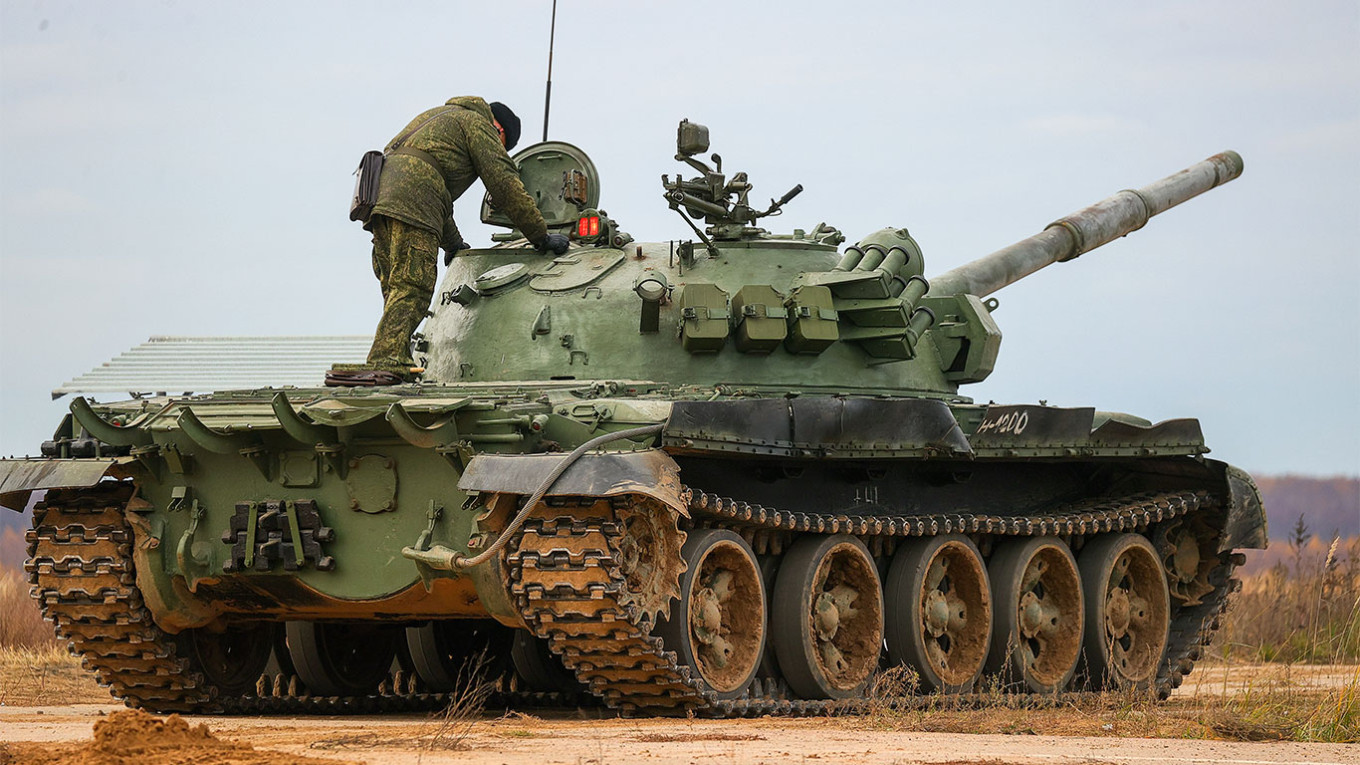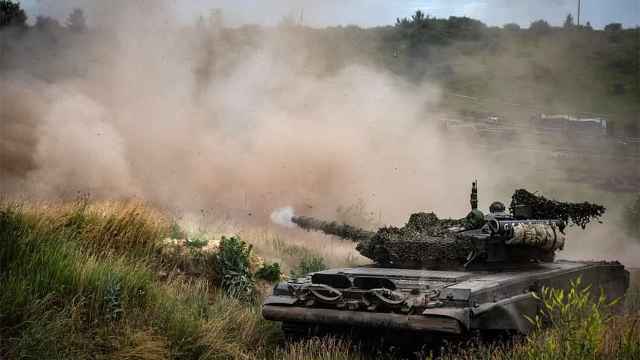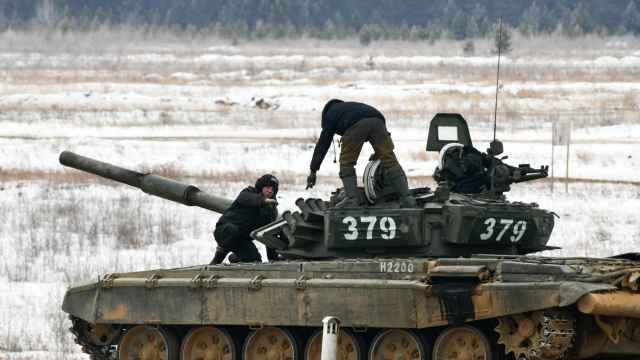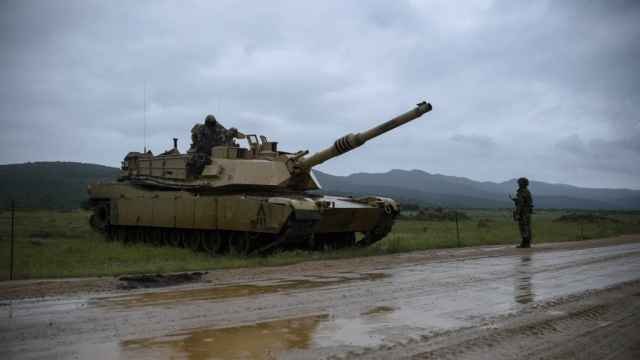Russia has resorted to sending aging, Soviet-era tanks to the battlefield in Ukraine in a desperate bid to compensate for its staggering artillery losses, experts and analysts have said — but with mixed results.
According to the Dutch OSINT project Oryx, Russia had by May 31 lost over 2,000 tanks out of the 3,000 combat-ready vehicles of its original reserve when it invaded Ukraine 17 months ago.
As these losses have piled up — and as it lacks the capacity to refurbish more modern tanks at the rates needed — Moscow has increasingly brought outdated Soviet-era T-54, T-55 and T-62 tanks out of storage and to the frontline, even as Ukraine receives increasingly advanced artillery from its Western allies.
These tanks are ill-equipped to fulfill their intended combat roles on the modern battlefield. Outdated optics, surveillance systems and fire control systems, coupled with inadequate protection against modern anti-tank weaponry, significantly hamper their effectiveness.
As a result, Russia has largely used them as a substitute for self-propelled artillery — as well as loading them up with explosives and sending them forth as kamikaze vehicles.
Video that emerged last month showed a lone Russian T-55 tank maneuvering toward Ukrainian positions. The tank triggered a mine and came to a halt before an anti-tank missile fired by a Ukrainian soldier engulfed it in a burst of flames. Observers have since speculated that the tank was used as a kamikaze vehicle.
“Can terrorists use a car filled with explosives to attack people? We know they can. Can an organizationally degrading army, turning into a conglomerate of irregular formations, use equipment stuffed with explosives, like ISIS did? Well, it has been doing this for a year now,” independent military expert Pavel Luzin told The Moscow Times.
News of Russia's resurrection of T-54/55 museum tanks for active duty first surfaced at the end of March, when videos circulated on social media of the aging vehicles being transported by rail. Prior to this, Russia had also sent retired T-62 tanks to the frontline.
Experts initially posited that Russia was resorting to such measures to compensate for the considerable tank losses it had sustained.
The T-54 tank originated from Soviet tank development efforts in World War II and was manufactured from 1947-1959. Its modified version, the T-55, remained in production until 1979. The T-62, an evolution of the T-55, was produced between 1962-1975.
Different countries, including Russia, pursued various modifications of the T-62 and T-55/54 until the early 2000s in an attempt to extend their lifespan. It was not until the early 2010s that the Russian army retired these tanks, consigning thousands to storage facilities with plans for their eventual disposal.
In its war against Ukraine, Russia found a way to make the outdated tanks useful at the frontline — albeit in an unorthodox way.
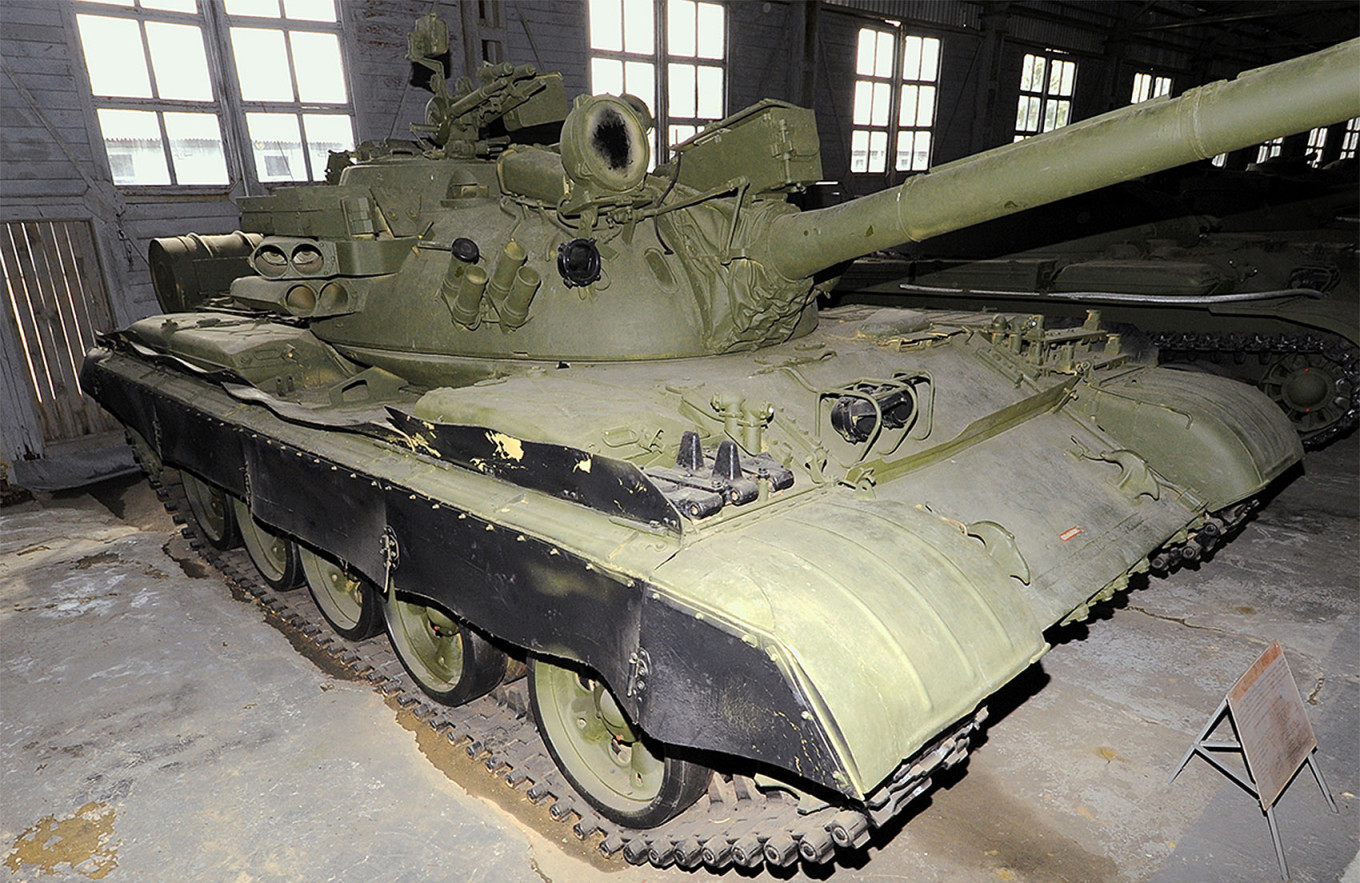
Moscow has used these tanks in place of its self-propelled artillery, which has also incurred significant losses, Luzin said. This method, known as “closed firing positions,” involves firing the tank's gun from concealed cover, mimicking the trajectory of a howitzer.
“Essentially, this is a one-time use of a tank,” Luzin said. “A tank barrel's lifespan is three to four times shorter than that of an artillery gun barrel. For instance, the T-62 can fire at best 500-600 rounds of high-explosive shells. In this role, the T-62 and T-55 are expendable.”
As Ukrainian forces pursue their counteroffensive in the Zaporizhzhia region, they have encountered Russian defensive lines fortified with T-62 and T-54/55 tanks that were partially buried, effectively transforming them into remotely controlled long-term firing positions, Ukrainian expert Vladislav Seleznyov told the U.S.-funded Current Time broadcaster.
The pro-Russian Telegram channel Military Informant also reported the deployment of obsolete tanks instead of the scarce self-propelled artillery, with T-54/55 tanks replacing lost self-propelled artillery pieces within some artillery battalions. The channel has even released a video showcasing the use of T-62 tanks in this manner.
Azerbaijan also deployed T-55 tanks as self-propelled artillery during the Second Karabakh War in 2020, despite these vehicles having been officially decommissioned.
Such tactics cannot replace specialized artillery. Due to the design features of these vehicles and their ammunition, they are not capable of firing at the same distances as self-propelled guns. Russia is still compelled to keep its old tanks close to the frontline, where they become vulnerable targets for Ukrainian artillery.
Although Russian storage facilities house larger numbers of the more modern T-72 and T-80 tanks, challenges related to refurbishing these tanks further impede their swift reintegration at the frontline. Experts estimate that only 60-90 vehicles can be restored each month, compared to Russia’s monthly tank losses of approximately 150.
There is also a paucity of imported electronics due to international sanctions, meaning the latest modification of the T-72 tank was not equipped with advanced French-made thermal imaging systems, but with inferior Russian alternatives.
Luzin confirmed that Russia lacks the capacity to rapidly deploy substantial numbers of modern tanks to the frontlines.
"The T-72 and T-80s [currently in storage] require repairs and modernization. The T-62 and T-55 are easier to restore," Luzin said.
Ukraine has also employed a variant of the T-55 tank known as the M-55S, which was developed in the 1990s by Slovenian and Israeli defense firms. The upgraded tanks boast a new engine, a more powerful 105-mm British gun, modern fire control systems and supplementary dynamic protection.
“M-55 is a deep modernization of the T-55. Of course, it surpasses the T-55 in terms of capabilities and ergonomics. In general, even the Soviet equipment that the countries of the Warsaw Pact produced, without any upgrades, turned out to be better than what the U.S.S.R. itself produced due to ergonomics and comfort for the crew,” Luzin said.
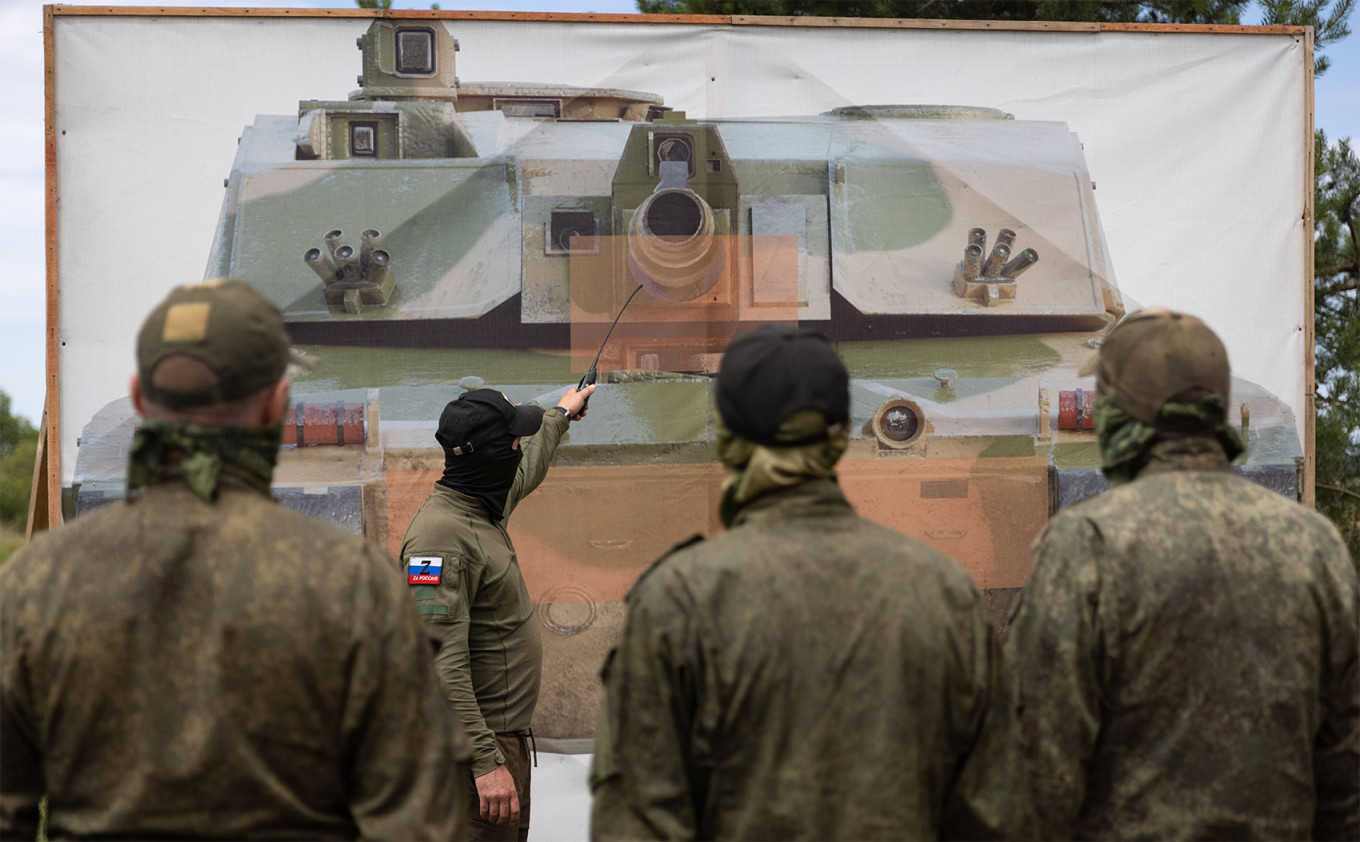
Forbes, citing independent experts, reported that Russia is losing in the “artillery war” against Ukraine, incurring significant artillery losses since the start of Kyiv’s counteroffensive in June. The Ukrainian military has demonstrated high effectiveness in counter-battery combat, Forbes’ sources said. As a result, it is likely that Russia will increasingly rely on ersatz artillery in the form of outdated tanks.
Because of equipment shortages, the Russian military attempted to employ a certain number of T-62 tanks for their intended purpose. These tanks were fitted with dynamic protection against anti-tank missiles and thermal imaging systems to enhance crew survivability.
However, these outdated vehicles failed to achieve any meaningful success and were easily destroyed by anti-tank weaponry. Some of these tanks were used on the battlefield without any additional protection and suffered heavy casualties as a result.
During Ukraine’s counteroffensive in the Kherson region in the fall of 2022, the majority of Russia’s T-62 tank losses were captured vehicles. Russian crews apparently abandoned these obsolete tanks, unwilling to engage in battle from such vulnerable vehicles.
Luzin suggested that the recent kamikaze tank attack is also indicative of Russian tankers' reluctance to fight using outdated and unsafe vehicles.
“Put yourself in the soldier's shoes. You receive orders to attack, but you don't want to execute them. So, you load the tank with explosives, send it forward, the driver engages full throttle, blocks the gas pedal, jumps out of the tank, and the tank explodes en route,” Luzin said.
“You report back: 'We carried out the offensive, lost a tank, but saved the crew, and retreated. We are unable to launch an attack.' Better yet, in the coming days, you don’t receive any new orders.”



